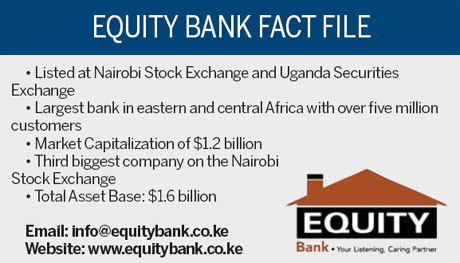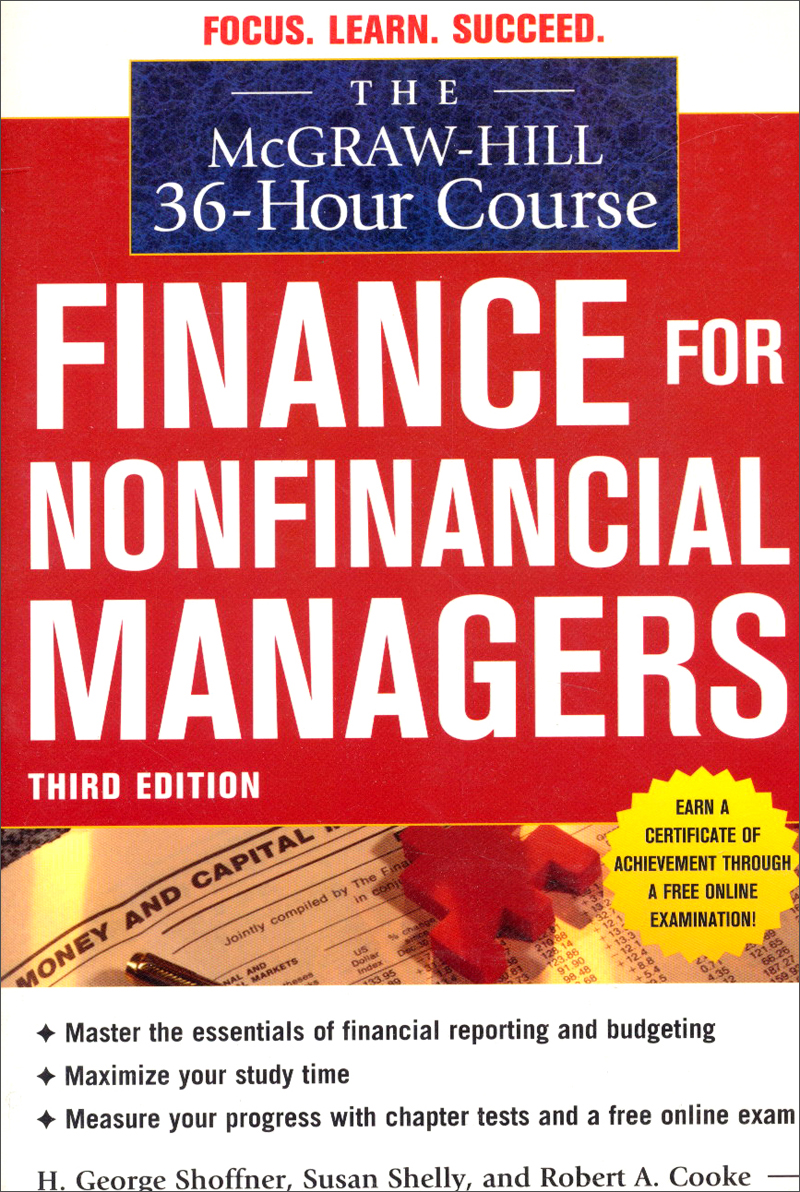Unlocking Financial Freedom: The Ultimate Guide to HELOC Loans
#### What is a HELOC Loan?A HELOC loan, or Home Equity Line of Credit, is a financial product that allows homeowners to borrow against the equity in their h……
#### What is a HELOC Loan?
A HELOC loan, or Home Equity Line of Credit, is a financial product that allows homeowners to borrow against the equity in their homes. This type of loan provides a revolving line of credit, similar to a credit card, where borrowers can withdraw funds as needed, up to a certain limit. The amount you can borrow typically depends on the equity you have built up in your home, which is the difference between your home's current market value and the outstanding mortgage balance.
#### Benefits of a HELOC Loan
One of the main advantages of a HELOC loan is its flexibility. Borrowers can use the funds for various purposes, such as home renovations, debt consolidation, education expenses, or even unexpected medical bills. Additionally, HELOCs often come with lower interest rates compared to credit cards and personal loans, making them an attractive option for those looking to access cash without incurring high-interest debt.

Another significant benefit of a HELOC loan is the potential tax advantages. In many cases, the interest paid on a HELOC may be tax-deductible if the funds are used for home improvements. However, it’s essential to consult with a tax professional to understand the specific implications for your situation.
#### How Does a HELOC Loan Work?
A HELOC loan typically consists of two phases: the draw period and the repayment period. During the draw period, which usually lasts 5 to 10 years, borrowers can withdraw funds as needed and are often only required to make interest payments on the amount borrowed. Once the draw period ends, the loan enters the repayment phase, which can last 10 to 20 years. During this time, borrowers must start paying back both the principal and interest, which can lead to significantly higher monthly payments.
#### Eligibility and Application Process

To qualify for a HELOC loan, lenders generally require a good credit score, a stable income, and sufficient equity in your home. The application process usually involves providing documentation such as tax returns, pay stubs, and information about your existing mortgage. Lenders will assess your financial situation and the value of your home to determine your eligibility and the amount you can borrow.
#### Risks and Considerations
While a HELOC loan can be a valuable financial tool, it’s essential to consider the risks involved. Since your home serves as collateral, failing to make payments could result in foreclosure. Additionally, because HELOCs typically have variable interest rates, your monthly payments can fluctuate over time, making it challenging to budget effectively.
#### Conclusion

In summary, a HELOC loan can offer homeowners a flexible and cost-effective way to access funds for various needs. However, it’s crucial to understand the terms, risks, and responsibilities associated with this type of loan. By doing thorough research and consulting with financial professionals, you can make informed decisions that align with your financial goals and help you achieve greater financial freedom.